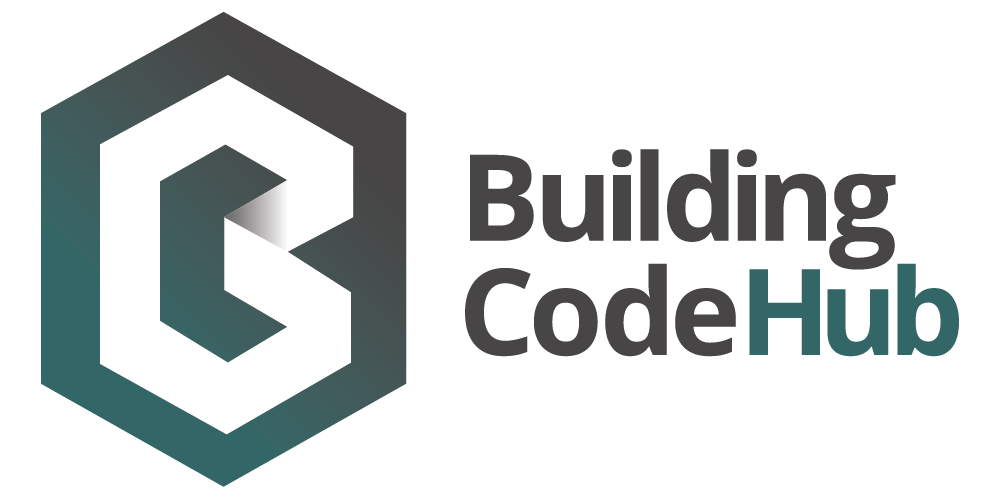Standard Methods for the Examination of Water and Wastewater - Part 5520: Oil and Grease (2012)
- Abbreviation
- Part 5520: Oil and Grease (2012)
- Version
- 22nd Edition
- Valid from
- 5/12/2012
- Information provider
- IHS Markit,
- Author
- American Public Health Association, American Waterworks Association and Water Environment Federation
- Information type
- Other Standard,
- Format
- HARD COPY,
Description
Four methods are presented for liquid samples.
- The first is the partition-gravimetric method (5520B).
- The partition-infrared method (5520C) is designed for samples that might contain volatile hydrocarbons that otherwise would be lost in the solvent-removal operations of the gravimetric procedure. It is the method of choice for low levels of oil and grease (<10 mg/L) because gravimetric methods do not provide the needed precision.
- The Soxhlet extraction method (5520D) is the method of choice when relatively polar, heavy petroleum fractions are present, or when the levels of nonvolatile greases may challenge the solubility limit of the solvent.
- Method 5520E is a modification of the Soxhlet method and is suitable for sludges and similar materials.
- The new 5520G can be used as an alternative to 5520B to reduce solvent volumes and matrix problems.
- Method 5520F can be used in conjunction with 5520 B, C, D, or G to obtain a hydrocarbon measurement in addition to, or instead of, the oil and grease measurement. It makes use of silica gel to separate petroleum hydrocarbons from the total oil and grease on the basis of polarity.
This resource is cited by:
Standard Methods for the Examination of Water and Wastewater - Part 5520: Oil and Grease (2012)
This document is CITED BY:
-
AS/NZS 2280:2014
Part 5520: Oil and Grease (2012) is cited by AS/NZS 2280:2014 Ductile iron pipes and fittings




